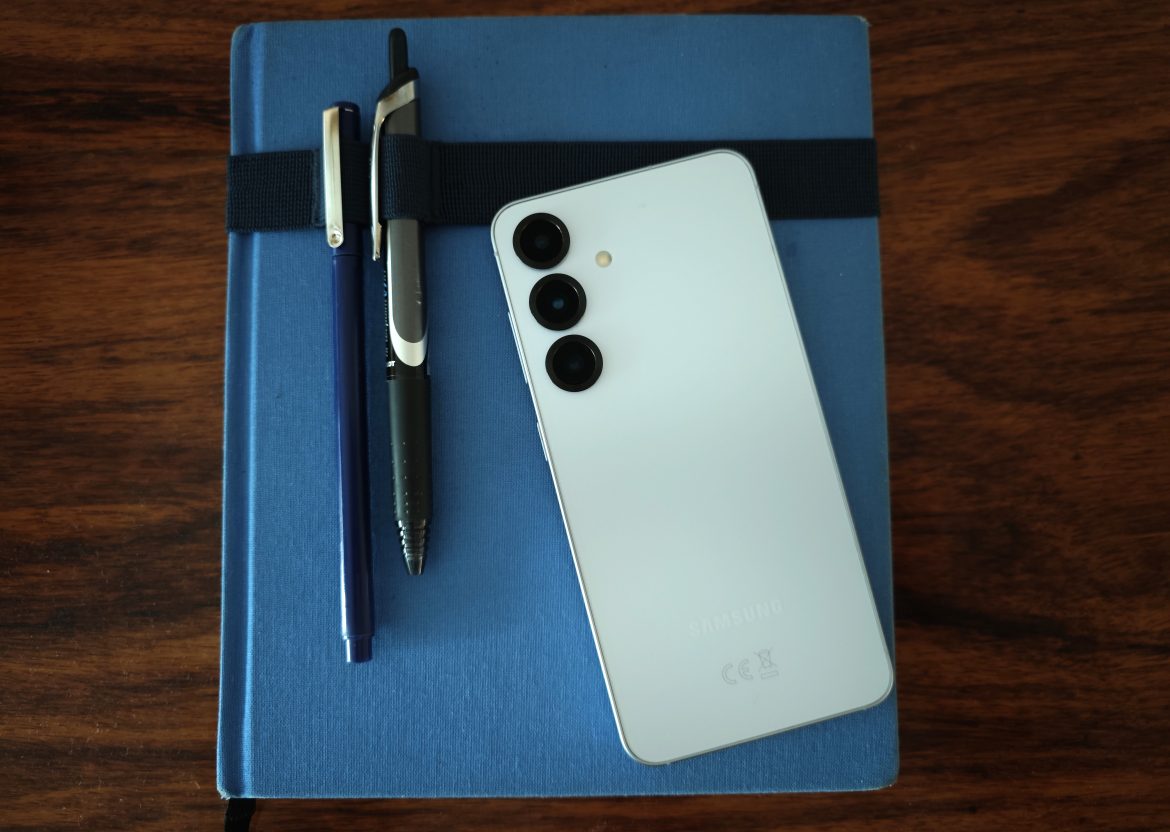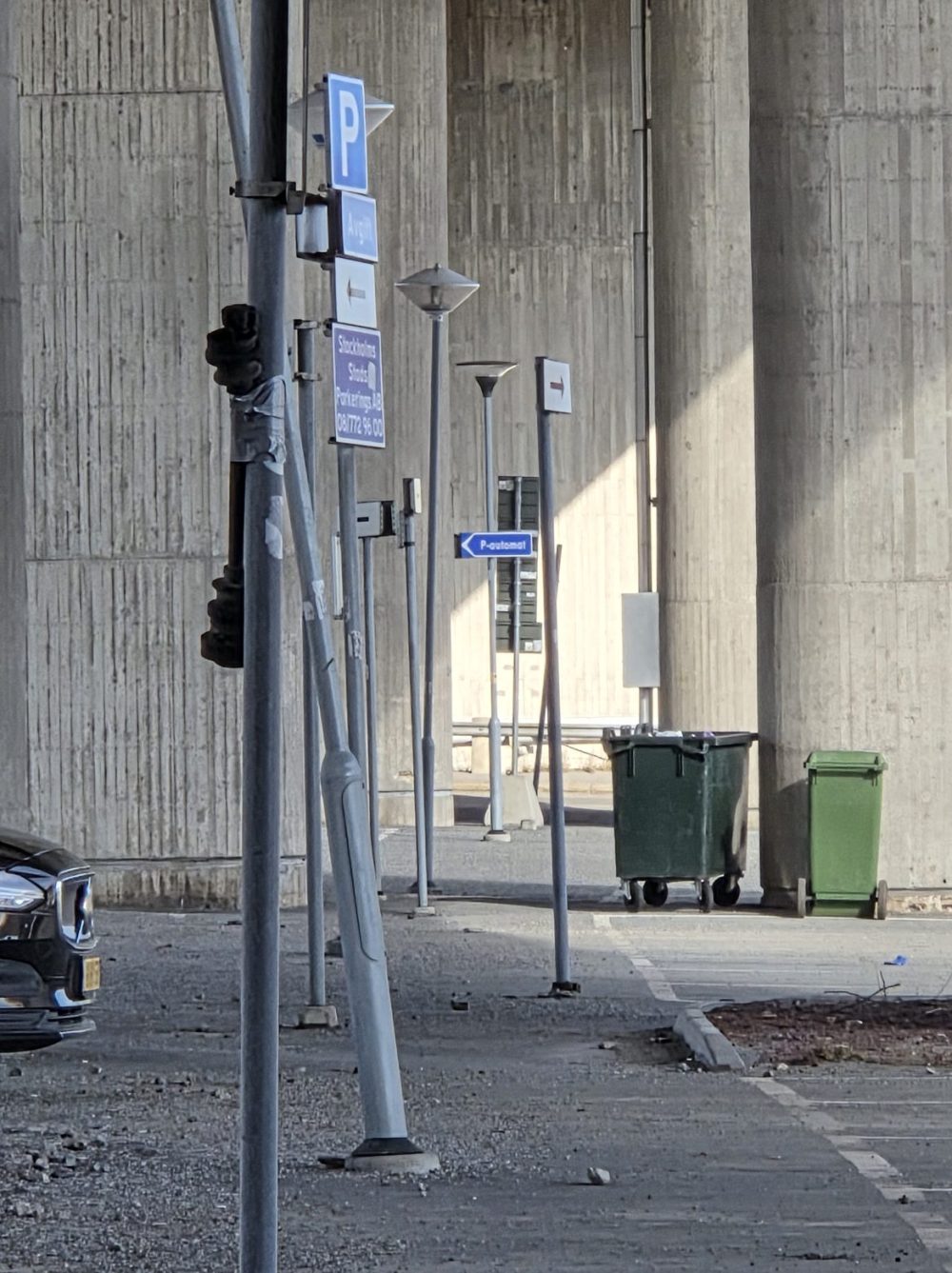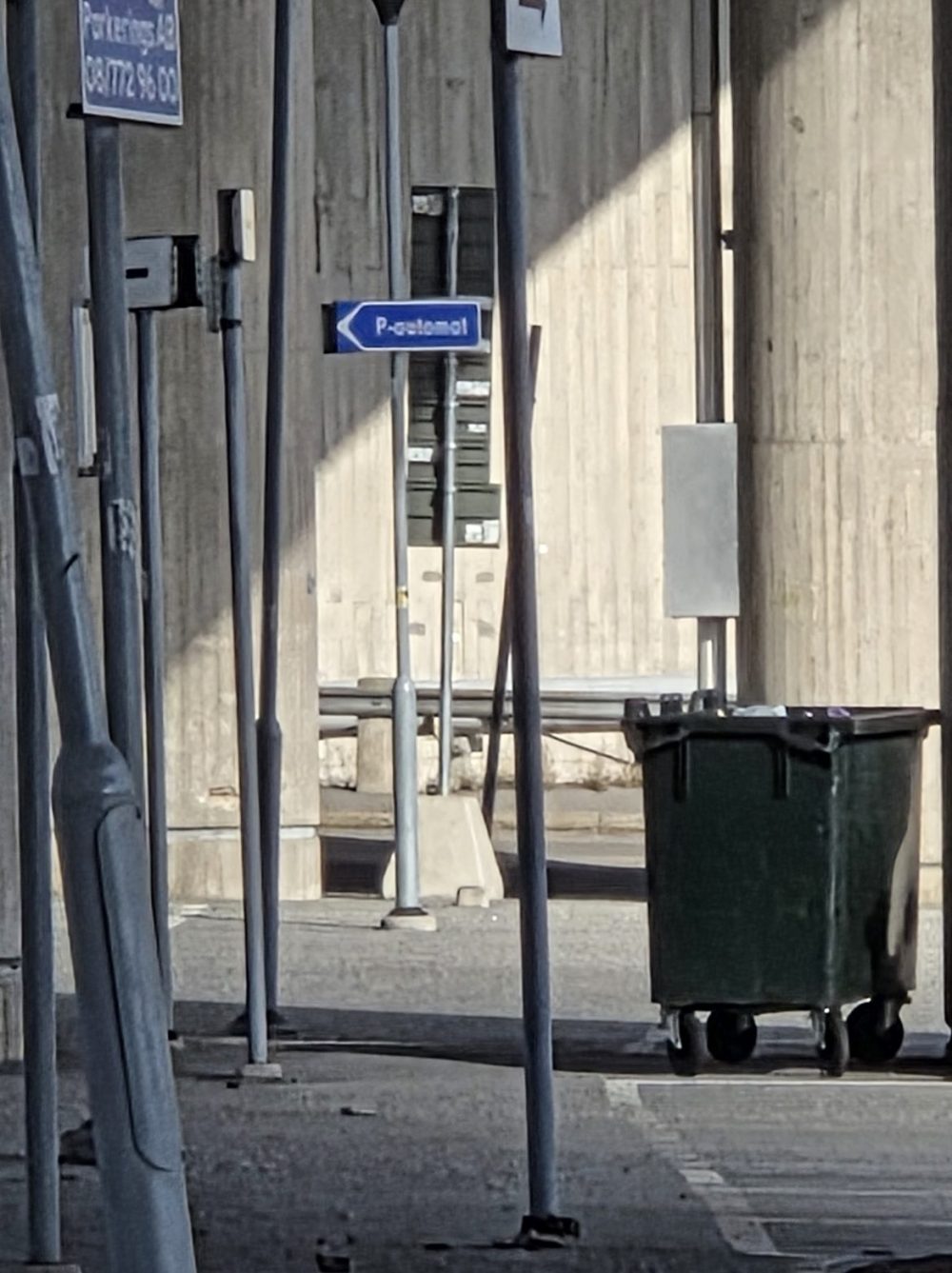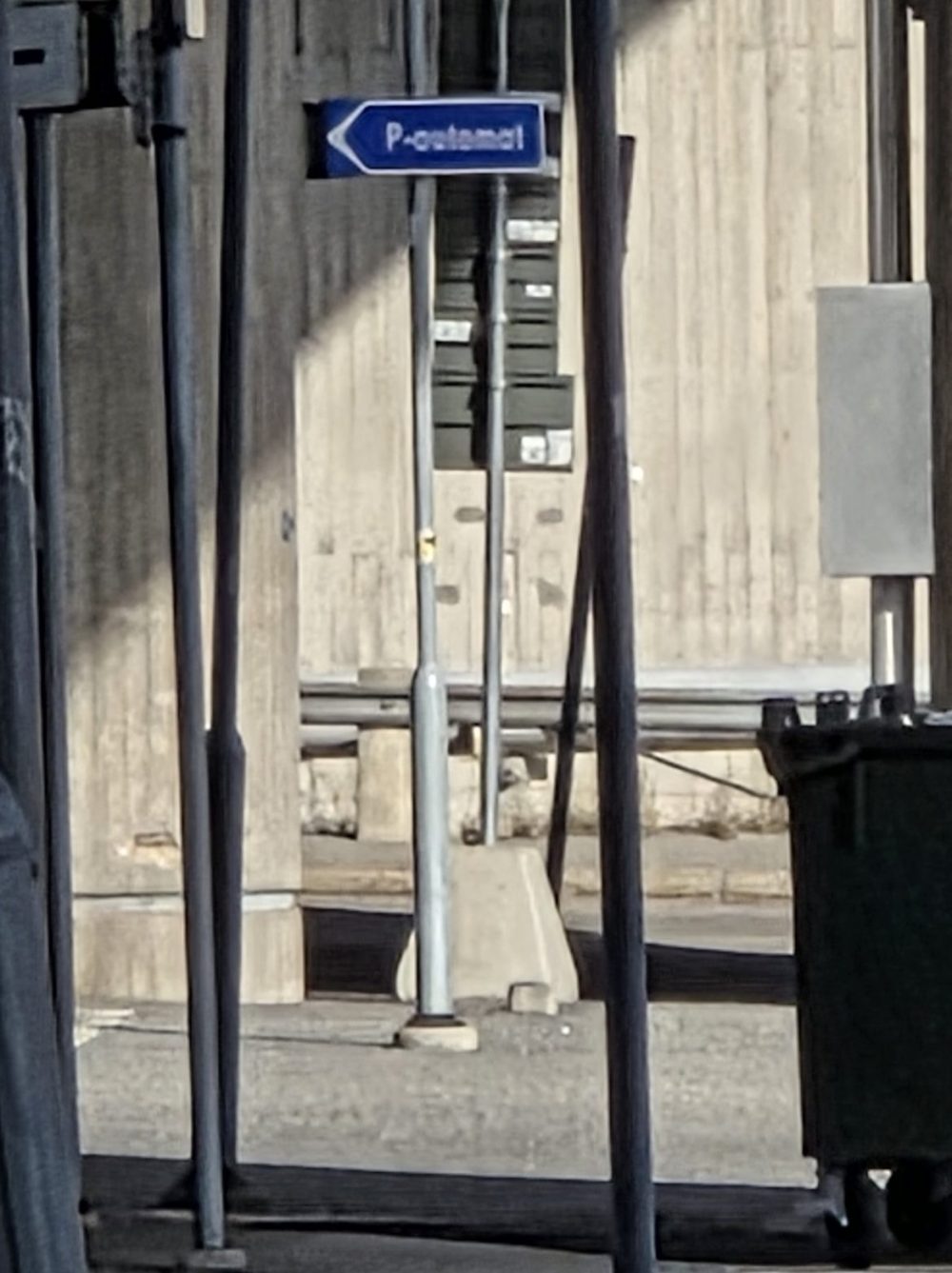TL;DR
The Samsung Galaxy S25 offers an elegant, compact design with solid performance, reminiscent of the Asus Zenfone 8. While it avoids radical innovation, its understated simplicity proves to be a strength, providing a fluid and dependable user experience without demanding constant attention. Its battery life is excellent, though charging is slow. The camera system is decent but not class-leading, especially with fast-moving subjects. The S25 is a premium device, but its value proposition is debatable given its price and the minimal differentiation from the slightly more expensive S25+ model. If you prioritize a pocketable, stylish phone with good battery and AI features, and are willing to pay a premium, this might be for you. Discover if this compact powerhouse is the right fit for your needs.
A few years ago, we reviewed the Asus Zenfone 8 here at senses.se. The Asus Zenfone 8 was a commendable phone, though it lacked standout features like an exceptional camera or foldability, setting it apart primarily with its notification LED. It distinguished itself through its compact size and high build quality. Our experience with the Samsung Galaxy S25 evokes similar sentiments. It delivers substantial performance but avoids radical innovation, maintaining a size nearly identical to the Asus Zenfone 8. Having recently evaluated the flagship Samsung Galaxy S25 Ultra, comparisons are inevitable, and in some aspects, the larger form factor proves less advantageous. Therefore, while the Samsung Galaxy S25 might initially seem conventional, this understated nature presents distinct benefits, which we will elaborate on further.
First Impression of the Samsung Galaxy S25
The Samsung Galaxy S25 is undeniably an elegant device that conveys a sense of quality, yet its design is somewhat understated. The Samsung logo on the rear requires close inspection to discern, and the button configuration follows a standard layout with a power button and volume controls. While these buttons house some additional functionality, the fingerprint reader is integrated into the display, leaving only the three physical buttons without secondary functions, unlike the Motorola Razr 40 Ultra, which features a side-mounted fingerprint reader. The included accessories are minimal; there are no screen protectors or cases, and the box contains a charging cable but no charger. The omission of the charger is attributable to EU regulations, but the absence of a protector and case is disappointing, especially considering that the Motorola Edge 50 Neo included both.
As with the S25 Ultra, the protruding camera lenses cause the Samsung Galaxy S25 to wobble when placed on a flat surface. This minor inconvenience can be easily rectified with a protective case that accommodates the lenses. Otherwise, the phone is comfortable to hold, though it can be somewhat slippery. The weight lends a feeling of solidity, and the sharp edges contribute to a secure grip.
Its elegance is undeniable.
How Does the Samsung Galaxy S25 Perform?
Battery Performance
The battery performance proved reliable throughout our testing. The 4,000 mAh battery provided ample power for extended use. However, charging speeds are relatively slow, even when using a 90W charger. Conversely, the battery exhibits excellent longevity, easily lasting over a day and extending into the following day. Nonetheless, users should factor in approximately 80 minutes for a full recharge.
The Camera
The camera system performs as expected and offers quick activation. The specifications include a 50.0 MP main lens, a 10.0 MP telephoto lens, and a 12.0 MP ultrawide lens, which are respectable but not exceptional compared to other contemporary mobile phones. Capturing sharp images of subjects in motion presents a challenge. Photographing children playing, passing vehicles, or other fast-moving elements requires optimal lighting conditions. This limitation persists despite the inclusion of motion photo technology, which aims to capture the best possible image across multiple frames.
We conducted a zoom test to provide our readers with a clear assessment of the camera’s capabilities:
The device incorporates a suite of familiar photography options considered standard. However, features like Food and Portrait Video offer unique functionalities. The Food mode provides a more subtle implementation of the Portrait effect, avoiding harsh cuts and delivering effective results. Portrait Video, as its name suggests, utilizes depth of field to emphasize the subject in focus, enabling users to create engaging videos directly. As with the Samsung Galaxy S25 Ultra, the distinction between Expert RAW and Pro modes remains unclear, suggesting a need for further refinement of Samsung’s user experience in this area.
AI-powered functions are intrinsically linked to photography and offer novel capabilities. Similar to our experience with the Samsung Galaxy Z Flip 6, where a drawn goose was digitally rendered, we experimented with populating images with lighthouses, ships, and sailboats. However, such features tend to become novelty items with limited long-term utility.
Another potentially useful function, which was demonstrated effectively in our review of the Samsung Galaxy S25 Ultra, is the AI-powered removal of distracting elements from photographs. While the function proves effective in many scenarios, we encountered instances where its availability was inexplicably restricted, even when needed. Therefore, it remains prudent to capture multiple shots to ensure a satisfactory result.
Night mode performs adequately, although a steady hand is required for extended exposure times.
The Difference Between the Samsung Galaxy S25+ and Galaxy S25 Ultra
The base model of the Galaxy S25 (256 GB storage and 12 GB RAM) is priced at approximately 10,500 kronor at the most competitive retailers.
Upgrading to the “+” model, which includes 512 GB of storage but maintains the same RAM, entails an additional cost of around 5,000 kronor. This increment provides users with a 900 mAh larger battery, a 0.5” larger display, an increase of 38g in weight, QHD resolution instead of FHD, and marginally larger dimensions (11.5 x 5.3 x 0.1 mm). Beyond these differences, the two models are functionally identical.
The disparities in functionality, features, and dimensions are more pronounced when comparing to the Ultra model, especially regarding camera performance, battery capacity, screen size, and the inclusion of Samsung’s S-Pen. Naturally, the price also increases significantly, requiring an additional investment of roughly 9,000 kronor. This price point is one of our primary concerns regarding the S25 Ultra, which feels somewhat overpriced.
In summary, the S25’s key advantages are its size and, to some extent, its price. All three models share the same processor, brightness levels, adaptive refresh rate, and AI capabilities. The S25 offers a compact yet powerful experience, with some features being streamlined to accommodate its smaller form factor. While its price is lower than its siblings, it remains a substantial investment for what is positioned as the *basic* alternative.
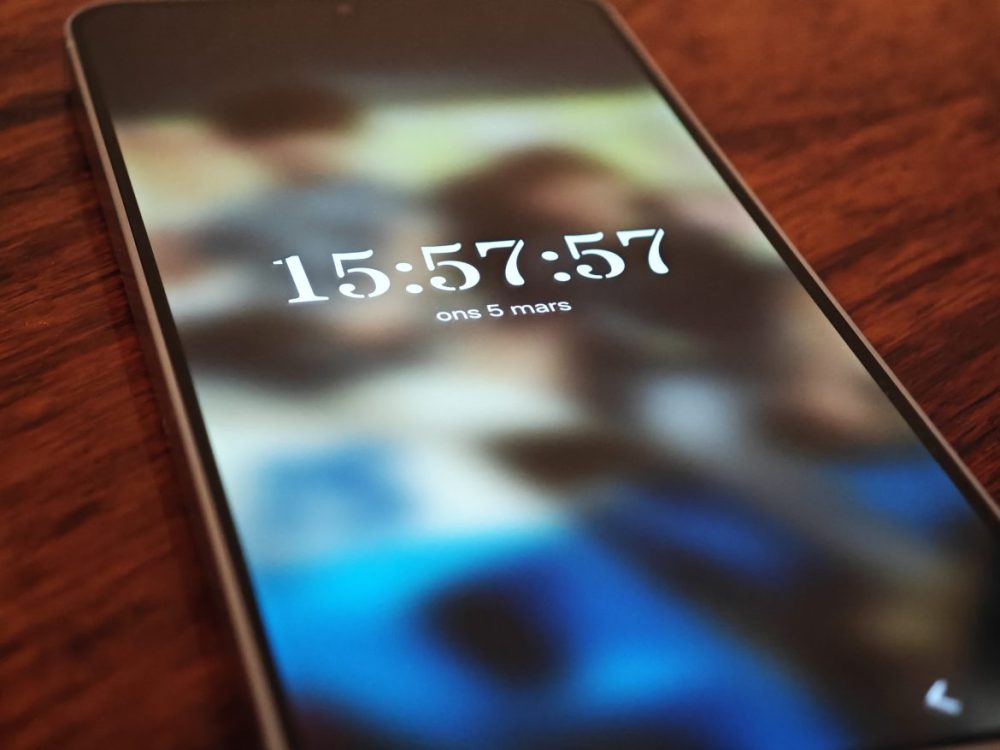
The User Experience of the Samsung S25
We initially noted, and reiterate, that while the Samsung Galaxy S25 lacks groundbreaking features or distinctive characteristics, this simplicity can be advantageous. In a world saturated with constant stimulation, a device’s understated nature can be beneficial, reducing the urge for incessant interaction. The Samsung Galaxy S25 embodies this philosophy. It provides dependable performance for most tasks without demanding constant attention, differentiating it from more specialized devices. From this perspective, we appreciate its design.
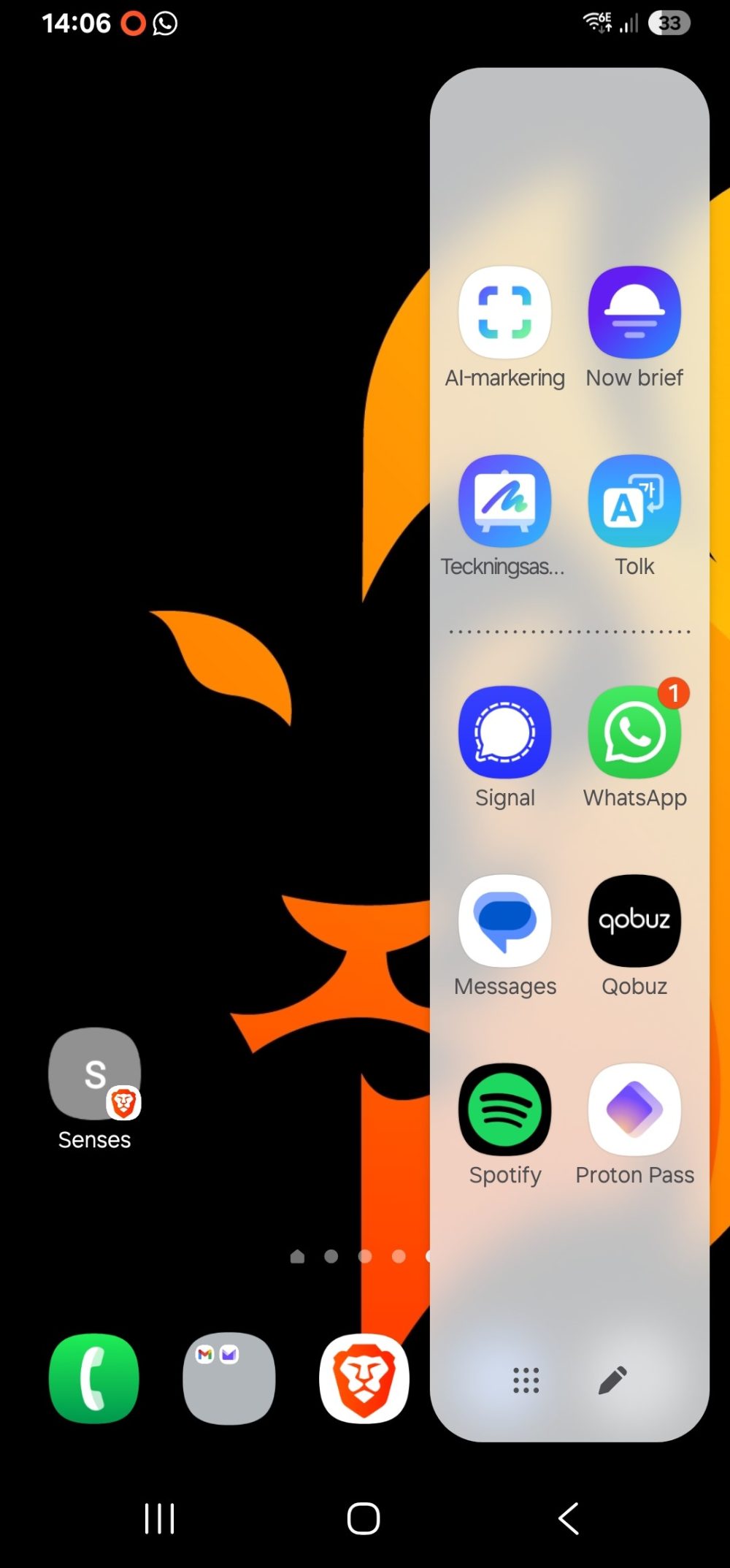
(Photo: Samsung)
It inspires confidence while remaining unobtrusive. The auto-hide list, a feature found on several Samsung models (though absent on the Samsung Galaxy Z Flip 6), enhances usability on the smaller screen. This list shares similarities with the quick accessibility offered by the Motorola Razr 50 Ultra’s external display.
Despite its capabilities, it maintains a streamlined and intuitive interface, which seems somewhat inconsistent with its price point. While it benefits from 7 years of system updates, the device remains a significant investment for the least advanced model in the series.
Overall, our experience with the Samsung Galaxy S25 has been positive, primarily due to its simplicity and fluidity. Preference for smaller or larger phones is subjective, with both offering distinct advantages. However, for users who prefer compact devices and lament Asus’ departure from small form factors in the Zenfone series, the Galaxy S25 presents a compelling alternative.

The Bottom Line on the Samsung Galaxy S25
We begin our conclusion by addressing a crucial question: Does the Galaxy S25 represent a worthwhile investment?
The value proposition of choosing the base model hinges on whether the inherent compromises are justified by its price. Motorola has successfully released several capable phones, incorporating an element of fun, and opting for performance trade-offs in areas like camera and screen responsiveness (differences often imperceptible in regular use) to offer a more competitive price. However, with a starting price of 10,500 kronor, the Galaxy S25 does not readily convey this sense of value, remaining a substantial investment that is not significantly lower than the “+” model. A similar dynamic applies to the flagship model, which might provide greater value if the base model offered similar capabilities, aside from the S-Pen, enhanced camera, and other premium features.
We would have regarded the Galaxy S25 more favorably if it incorporated more significant trade-offs and was priced several thousand kronor lower, establishing it as a distinct and active choice rather than a near-equivalent to the “+” model.
In summary, Samsung’s S25 series features a relatively streamlined design that can be customized with vibrant colors, allowing users to select a model that suits their needs. The Galaxy S25 *is* an expensive phone, but it delivers considerable performance. While we have tested phones with superior camera systems, such as the Xiaomi 14 Ultra, the Galaxy S25 does not position itself as the market leader in that specific area. Instead, it provides a fast and responsive experience with comprehensive AI functionality and a durable battery. Finally, it offers a pocketable design and an elegant simplicity.
Samsung provided the test units for this review. The providers of test materials do not exert editorial influence over our evaluations.
